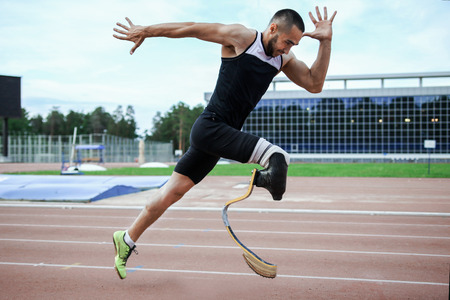Note that your final mark will not be saved in the system.
3.1 Engagement patterns and current trends in sport and physical activity Typeit
Type the correct answers into the spaces. Fill all the spaces before clicking ‘Check Answers!’

Sports participation and engagement can be influenced by numerous factors, and each of these factors can influence particular groups in society in different ways. Let's explore these further.
Gender
Activities that men and women take part in can be impacted by individuals' attitudes, e.g. women may be less likely to take part in sports if they are labelled as 'masculine' and vice versa for men, if female-dominated sports are labelled as . Gender still exists in sport; for example, some may argue that boxing is a masculine sport and sports such as netball and ballet dancing are more suited to females, leaving members of the opposite sex who pursue these sports feeling against. However an increase in female , such as Nicola Adams, and coverage of these sports can help to raise their profile and remove these negative views. Despite some improvements over the years, there is still a lack of female role models portrayed in the media, and this still has negative impacts on participation rates. Furthermore, in the past women had less free time due to commitments; however, parenting responsibilities have changed in more recent times, giving women more time to take part in sport and physical activity. Access to sport and physical activity is also a barrier to participation associated with gender, with women having fewer ; they may find it more challenging to find teams to join, especially in more male-dominated sports, such as rugby.
Ethnicity
Ethnicity involves belonging to a social group which shares or religious traits. Ethnic groups can experience discrimination, which may inhibit involvement in certain sports. Sport has seen an increase in role models from backgrounds, helping to inspire the next generation of performers; however, some sports have fallen behind in creating these; for example, there is a lack of black, Asian and minority ethnic (BAME) football coaches and elite-level swimmers. Religious restrictions can also impact participation rates in sport, as some strict Christians and Orthodox Jews may not participate in sport on holy days, or religious commitments, e.g. prayer, may reduce the available to participate in sport. Additionally, some religions have certain traditional views, such as women having to wear certain clothing, e.g. the hijab, although international sports brands such as Nike have developed sport-specific hijabs to help reduce this barrier and encourage more ethnic minority women to participate in sport.
Age
Sports participation decreases in the elderly population, as some do not consider it appropriate, although their attitudes may be influenced by the lack of elderly role models, and by media coverage which may discourage participation rates. The biggest barrier to elderly individuals or young children's participation in sport and physical activity is their ability to facilities, especially if they are unable to drive or take public transport, or depend on a parent/carer to take them. Sometimes sports may also be inaccessible or age inappropriate; however, these can be to suit the individual needs, such as the development of walking football for the elderly. Other impacts could include time available, as elderly individuals, once retired, may have more time to participate in sport; however, they may have a reduced income, and may not be able to afford gym memberships or team registration fees.
Disability
Individuals with disabilities will also experience some of the barriers mentioned above, such as accessibility to facilities and sports, and prejudices and from others regarding what they are capable of achieving. However, recent successes in the Paralympic Games bringing more prominent role models and increased media coverage of disability sports have helped to reduce these negative views. Disability sports have been adapted to make them suitable, and the increased education regarding disability sports has changed individuals' attitudes to create a more inclusive environment.
Socio-economic status
An individual's socio-economic status could affect their income, which may present a barrier to participation if clubs require membership fees or specific clothing and equipment. Some sports are also associated with certain socio-economic statuses and, therefore, participation in some sports may have barriers. For example, polo is considered to be a high-status sport because of the wealth associated with the sport and the costs required to participate. This, therefore, limits participation in this sport to just those with large amounts of wealth. At the other end of the scale, boxing clubs are often found in less-affluent areas due to the low costs of equipment in the sport and the historical background of boxing being a working-class sport.